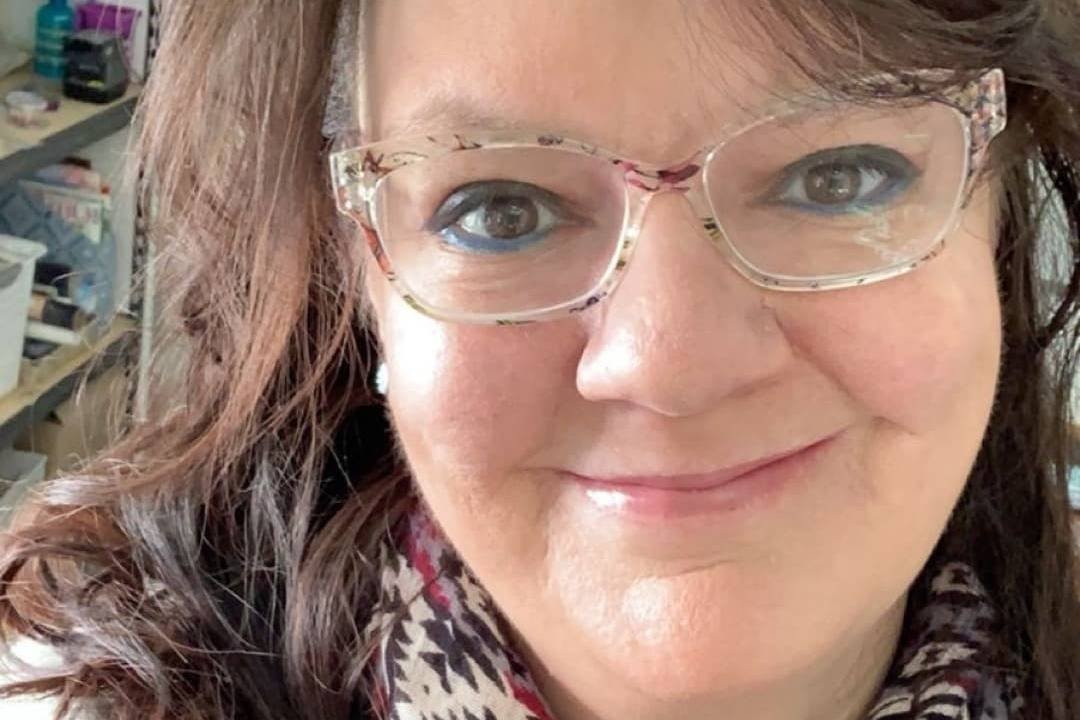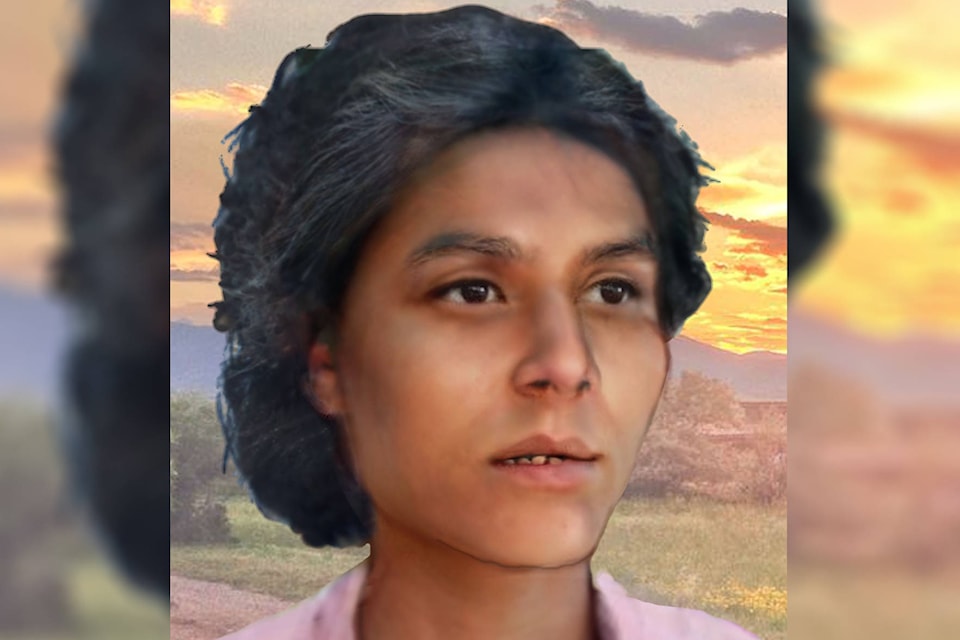In July 1980, Shirley Ann Soosay was raped, stabbed to death and then dumped in an almond orchard near Bakersfield, California.
For 40 years she remained unidentified – a Jane Doe.
Last week, it was confirmed publicly. She was given a name and a family, with a Princeton woman at the heart of solving a decades-old mystery that might have been cribbed from a television forensic series script.
Trish Hurtubise, 46, is a genealogist who has worked on at least 150 private cases, connecting adoptees with birth parents and siblings.
“I help people resolve the unknowns,” she told The Spotlight. “It’s a passion.”
Two years ago, Hurtubise was drawn into Soosay’s story in a startling personal fashion.
She discovered her own DNA loosely connected her with the murdered, unclaimed woman.
And so, she began working with the DNA Doe Project (DDP), a U.S.-based not-for-profit group dedicated to identifying Jane and John Does.
Related: Red Dress Day honours Canada’s missing and murdered Indigenous people
The Kern County Sheriff-Coroner’s Department handed DDP the case in 2018, just a year after the organization was founded.
A blouse worn by the dead woman, preserved in a police evidence box, gave up just enough decomposed genetic material to produce a DNA sample that proved the victim was of Indigenous descent.
That data was uploaded to GEDmatch, an online database able to cross-reference DNA findings from various commercial providers like Ancestry.com and 23andMe. The submission eventually found several distance matches, including Hurtubise, which indicated she could be anything from a third to an eighth cousin.
The DDP search began centring its investigation around Cree Nation communities in Western Canada.
Hurtubise was so intrigued with the case she underwent the DDP’s training program, officially becoming one of the group’s 55 volunteers and just one of a few working from Canada.
Approximately 2,000 hours of research went into identifying Soosay. The process involved building “hundreds of family trees,” one for every remote DNA match in GEDmatch, and then connecting them to one great grandparent, said Hurtubise.
It also included combing through countless newspaper articles about missing Indigenous women, always looking for a clue.
Hurtubise is a member of Couchiching First Nation. “When you are going through these missing and murdered women, you read the stories and you read the outcomes. You go to bed very heavy, very heavy, like heartbroken heavy.”
Knowing the victim she was trying to help was a family member wasn’t the hardest part.
“It’s not just being related. It’s just about being a woman. It’s overwhelming sometimes. I guess knowing as much as I do about my family, and knowing I have extended cousins that are missing or have been murdered, it desensitizes the shock part. As a non-native you find out your cousin Lucy has been murdered and it hits you like waves. With me, it’s like, ‘Well, not again.’”
Related: Five years pass with no peace for families of North Okanagan-Shuswap missing women
When the DDP was able to narrow down the geographic area Soosay’s close relatives were likely to live – Saskatchewan, Alberta and Manitoba – the group flooded Indigenous social media platforms in those provinces with a composite drawing, based on a postmortem photograph.
Her niece Violet Soosay came forward. “I was surprised at my feelings,” said Hurtubise. “We were thinking how good it would feel once we solved it, once we figured it out.
“But when it finally happened it was a feeling of grief, too. It was happiness that we did it, but then it was also knowing that someone was now finding out their loved one is gone.”
Gina Wrather was the DDP’s team lead on the investigation.
She said the outcome was the best possible result.
“She (Violet) explained that she had been looking for her aunt for 40 years. At that point, they had travelled all over Vancouver, all over Seattle, visited hospitals and visited cemeteries. It’s cases like this that make it worth it to do this work, to bring a resolution to a situation just like this.”
DNA evidence, generally, has been admissible in U.S. state courts since 1988, several years after Soosay was killed.
However, it was also DNA that identified and convicted her killer, when she was still nameless. Material from beneath her fingernails, again saved by police, was matched with a sample collected from Wilson Chouest.
Chouest was serving a life sentence for a string of abductions and rapes when his DNA linked him to Soosay’s murder and that of another woman in the same area. He was found guilty of those crimes in 2018.
His second murder victim remains unidentified and is also a project of the DDP.
Just days ago, Hurtubise accepted a new private investigation, an attempt to reunite a birth family.
She continues to actively volunteer for the DDP but is unable to comment on still open cases.
Do you have something to add to this story, or something else we should report on? Email:andrea.demeer@similkameenspotlight.com
Like us on Facebook and follow us on Twitter.

